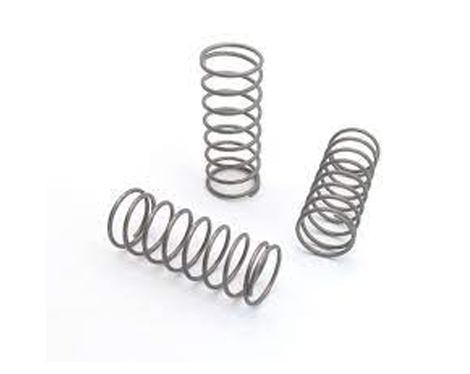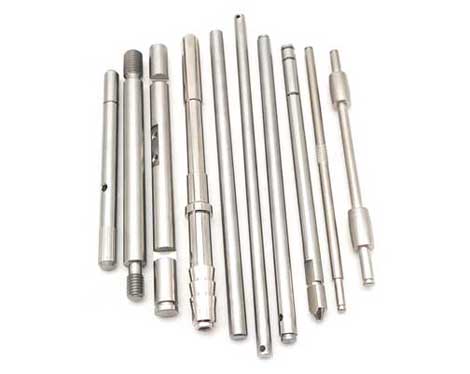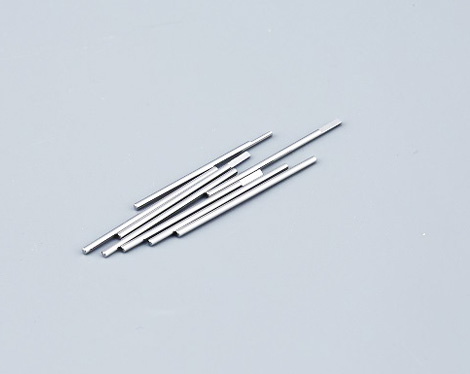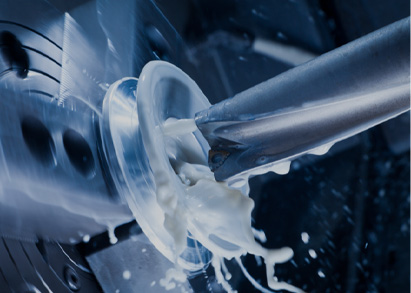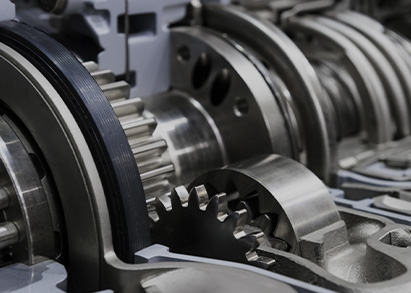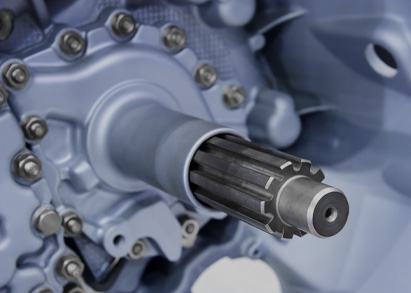If you have dimensioned drawings, simply inform us all your requirements and we will make the suitable process, offer our best quotations.
If you only have sample, we will check the photo first and quote can be offered after sample shipment arranged.
If you only have an idea in your mind for your OEM stamping parts, or other custom metal springs, it is our pleasure to work with potential customers to evaluate the technical feasibility of your idea or design, and we can advise on materials, tooling and so on.
Wire forming is a method for applying force to change the contour of wire by bending, swaging, piercing, chamfering, shearing, or other techniques. The various techniques for wire forming can produce any type of shape, form, or configuration. The process starts with coiled wire that is straightened before being formed. There it contains the products of bending stainless steel wire, D shaped wire forming, stainless steel extension springs, v shaped spring clip, and so on.
Common metals used for wire forming include steel, brass, stainless steel, copper, aluminum, and a variety of different alloys. The diameters of wires vary from 0.5 mm to 6.5 mm, or 1/64th of an inch to a quarter inch and can produce 2 and 3 dimensional wire forms.
The types of equipment to complete wire forming vary between manual crafting to advanced CNC programmable machines. The process includes options for coating and protecting final products for use in harsh conditions.
Stainless Steel 304:
Stainless steel grade 304 has high resistance to corrosion and can be used in conditions with mild corrosive elements or where handling of heavy loads is required. The quality of grade 304 makes it durable and long-lasting. It can be used in conditions that have temperatures that exceed 1500° F but less than 2500° F.
Stainless Steel 316:
Grade 316 stainless steel has a higher resistance to corrosion and can withstand the effects of chlorides. It has a tensile strength of 579 MPa and can handle extremely heavy loads. Grade 316 can be used in environments with temperatures that do not exceed 1400° F. Its ability to withstand caustic or highly corrosive environments has made it extremely useful.
Stainless Steel 430:
Stainless steel grade 430 is a ferritic alloy that is resistant to pitting and does not have any nickel content, which makes it less expensive. A restriction on stainless steel grade 430 is the temperatures at which it can be used, less than 1500° F, limiting its use for heat treatment applications. It is highly resistant to oxidation, corrosion, and pitting and is very useful in the production of industrial baskets.
Brass:
Brass is an alloy composed of 67% copper and 33% zinc with the characteristics of copper including its electrical and heat conductivity as well as its malleability. Since it is stronger than copper, it is used in a wider variety of applications, which include wire forming. Some forms of brass have antimony, arsenic, iron, and tin, which are added to improve its mechanical and physical properties, such as hardness, formability, strength or appearance.
Copper:
Copper (Cu) is a soft, malleable, and ductile metal that has high electrical and heat conductivity with a reddish-orange tint. Its ability to be easily shaped and formed makes it the ideal metal for wire forming. Copper is resistant to rust and corrosion with a surface that forms a green layer when exposed to the atmosphere over a long period of time.
Aluminium:
Aluminum (Al) is a soft, non-magnetic, ductile metal and is the third most abundant metal on Earth. It is processed from bauxite and is found combined with over 270 other minerals. The main attributes of aluminium are its low density and corrosion resistance. To be used in the manufacture of wire forms, it has to be alloyed with other metals since in its natural processed state it is subject to deformation. The main alloying metals are copper, zinc, magnesium, manganese, and silicon.
Steel:
Steel is an alloy of iron with carbon added to improve its strength and resistance to fracturing. The main reason that steel is used in manufacturing is its tensile strength combined with its low cost. The base metal of steel is iron. The interaction of the allotropes of iron with its alloys, main carbon, gives the steel its properties. Since pure iron is very soft and ductile, the addition of carbon and other alloys improves its hardness, strength, and durability.
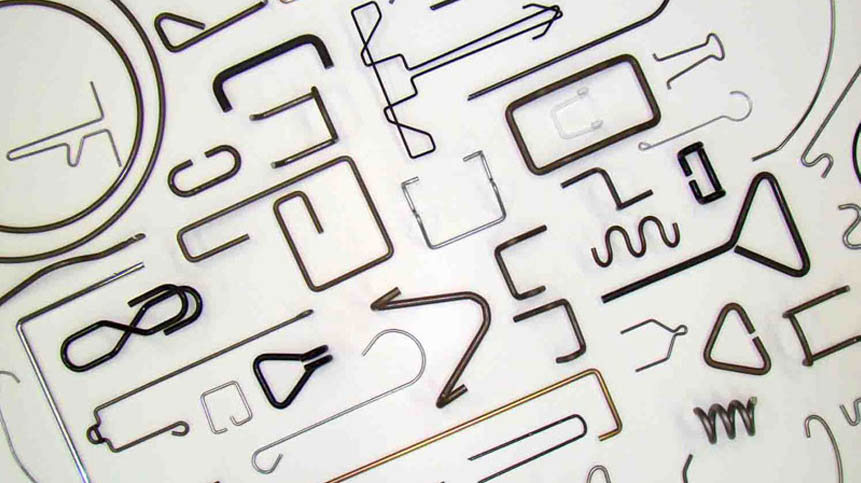

 English
English 
